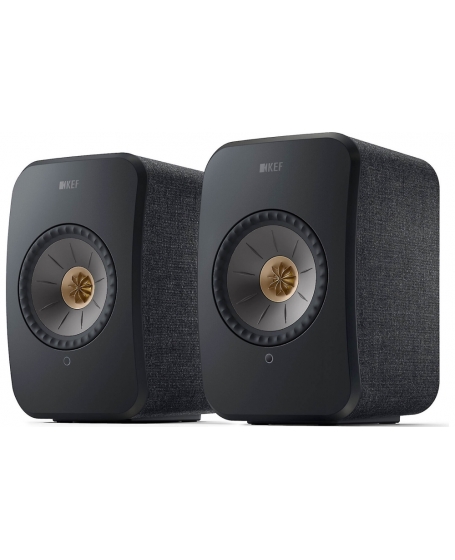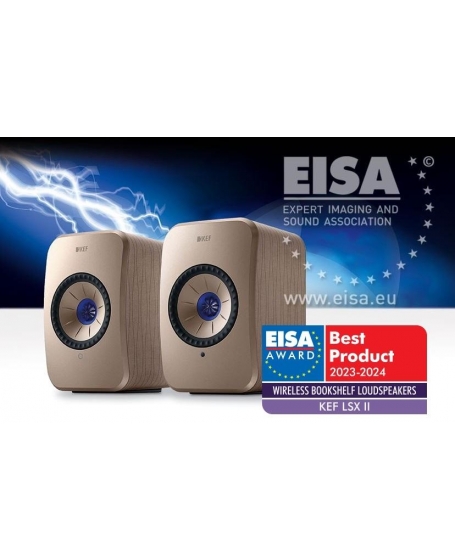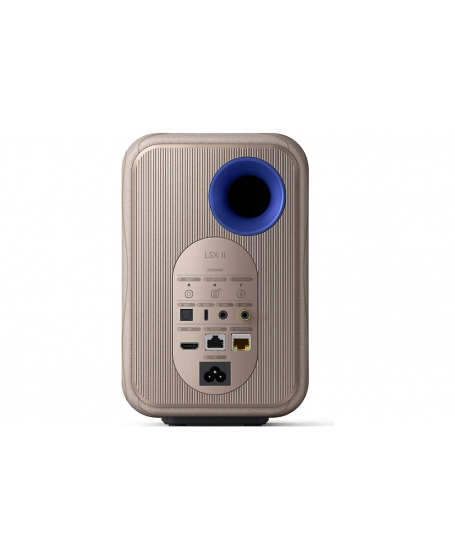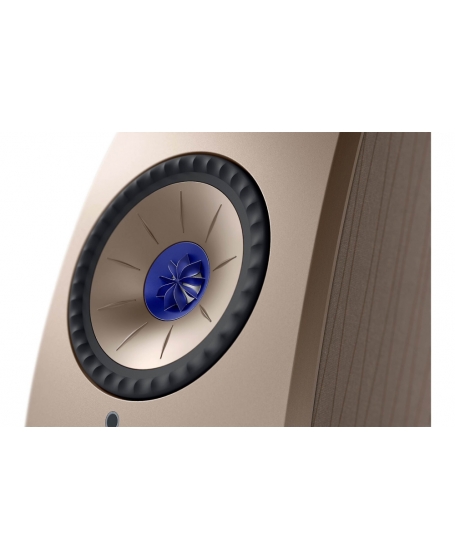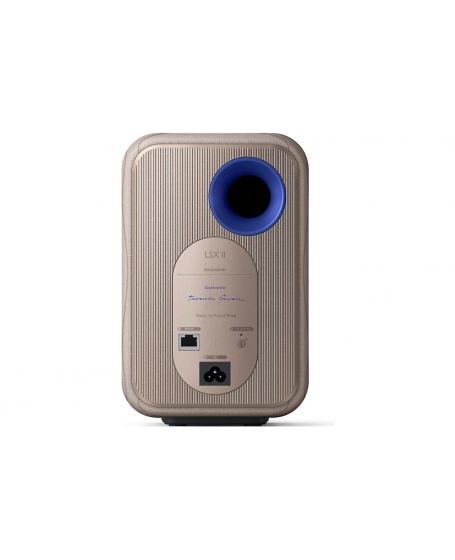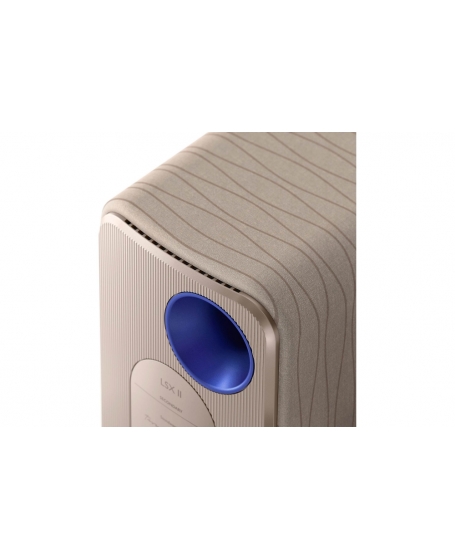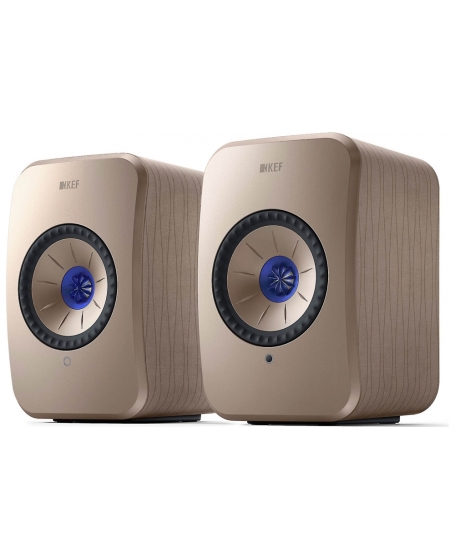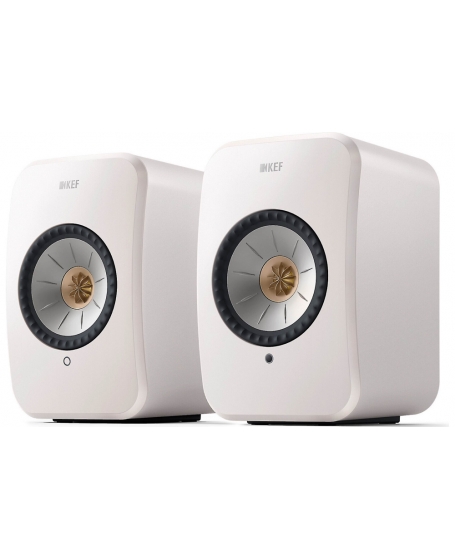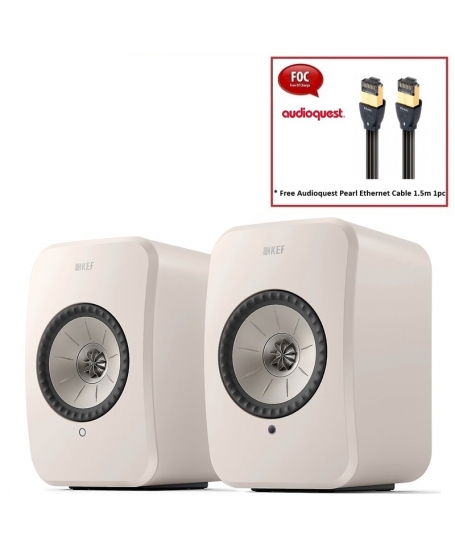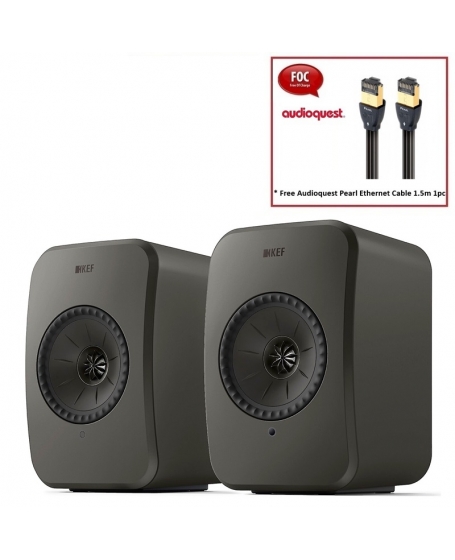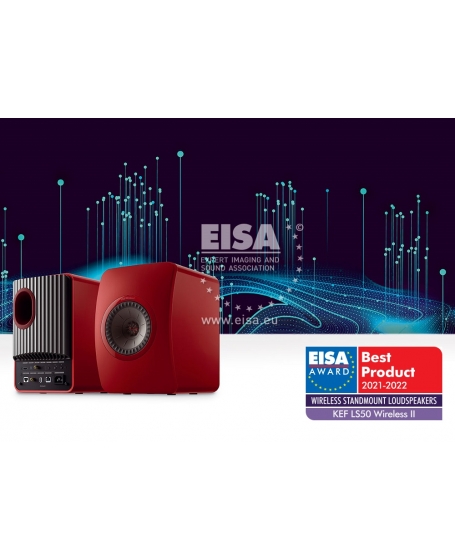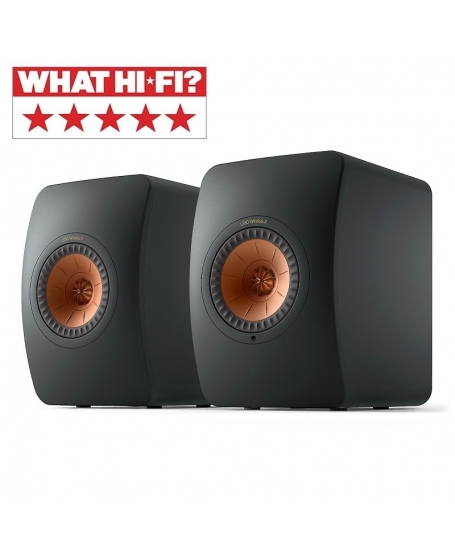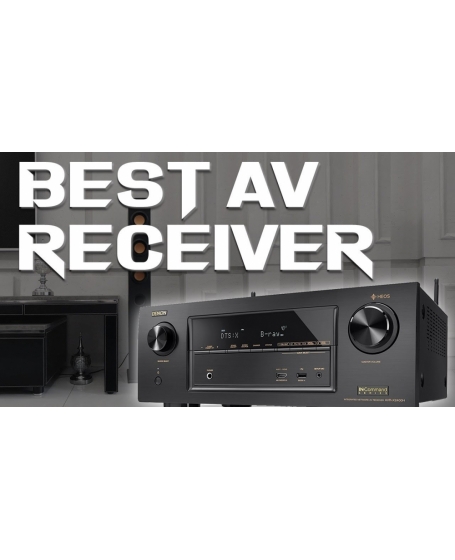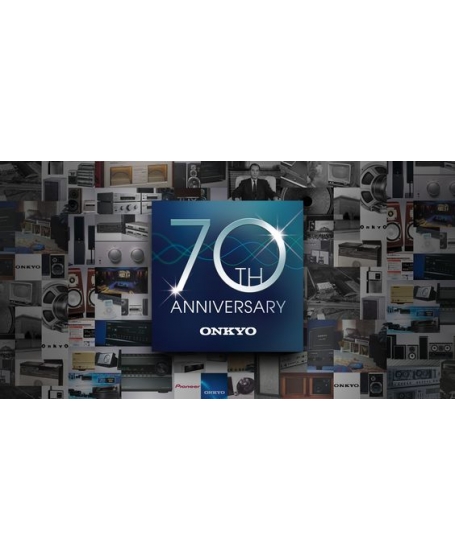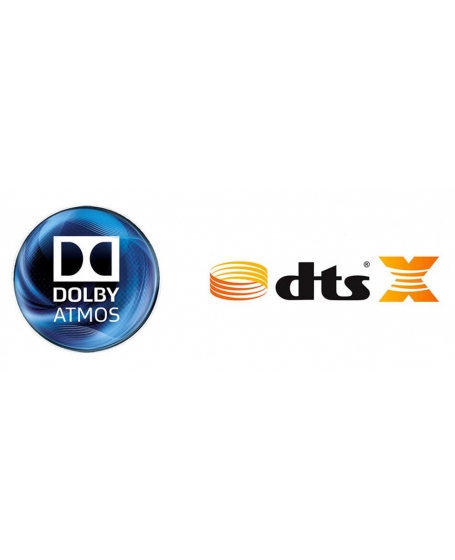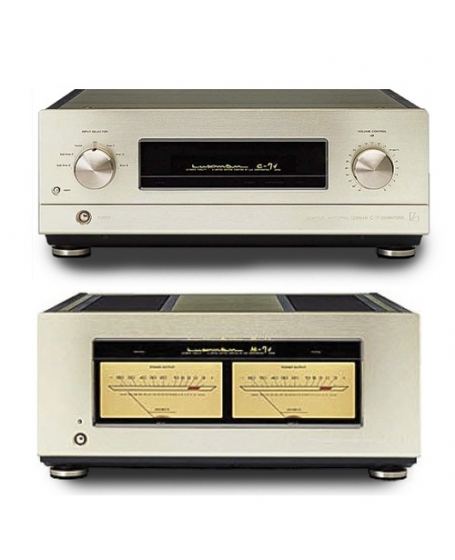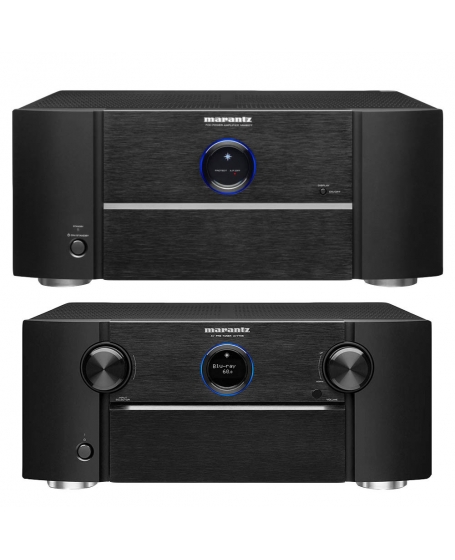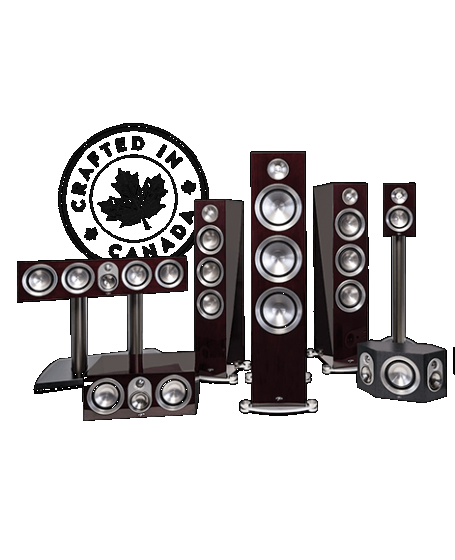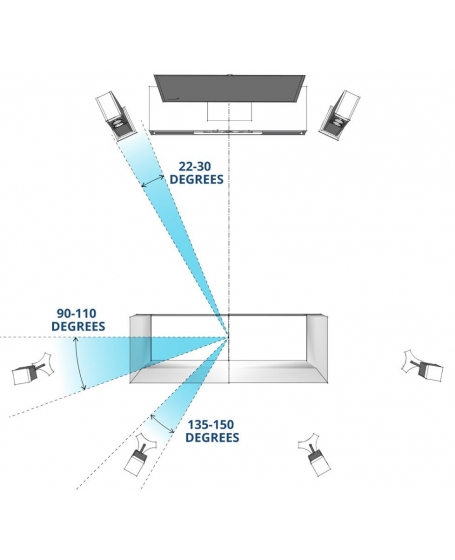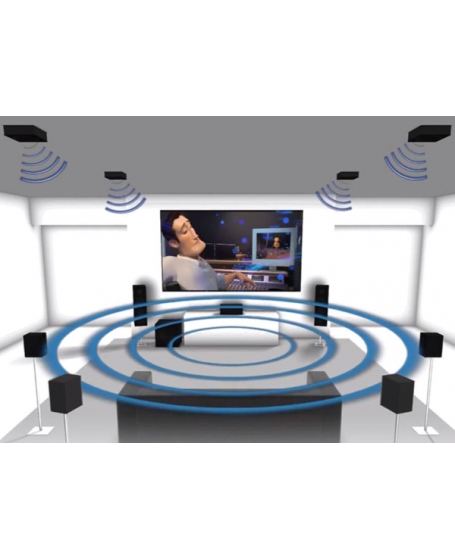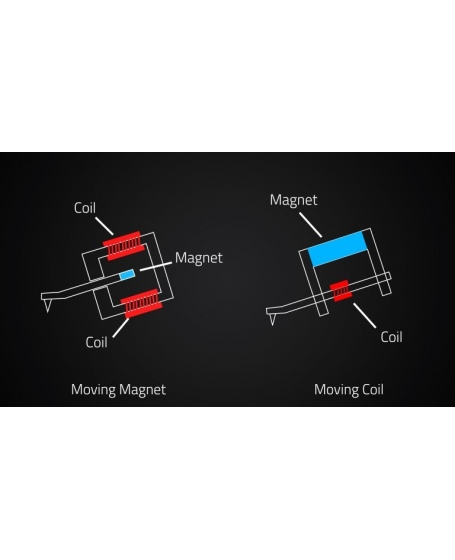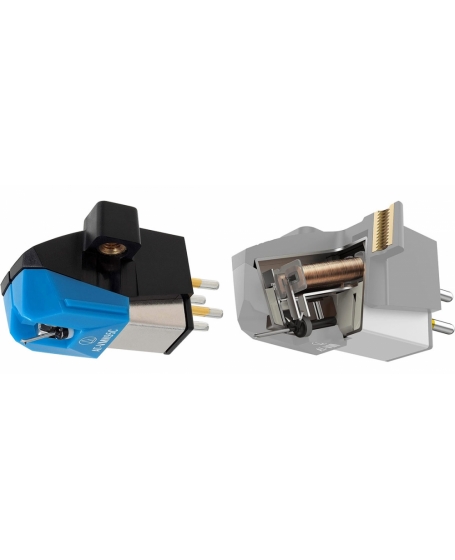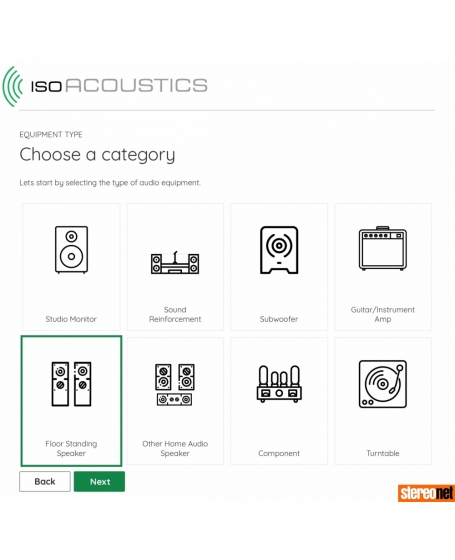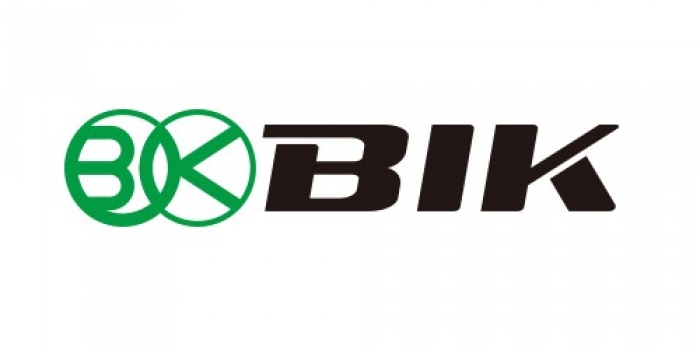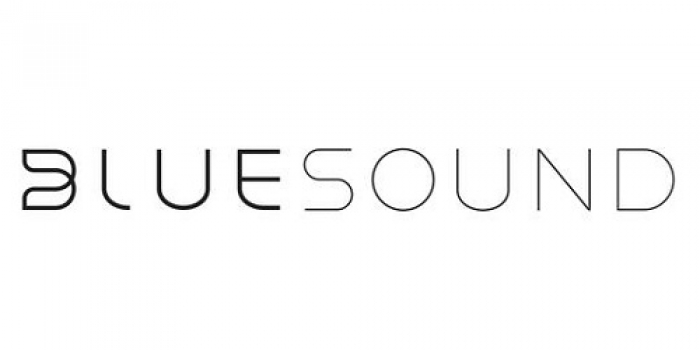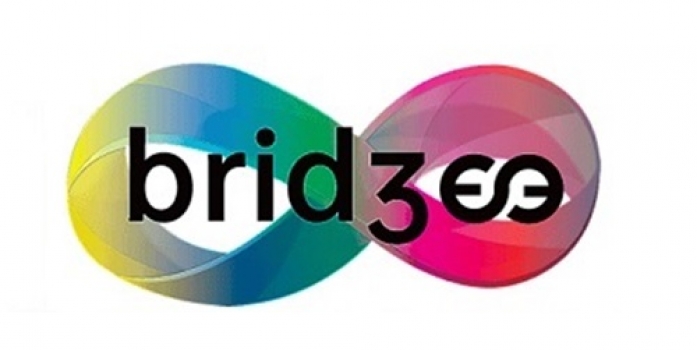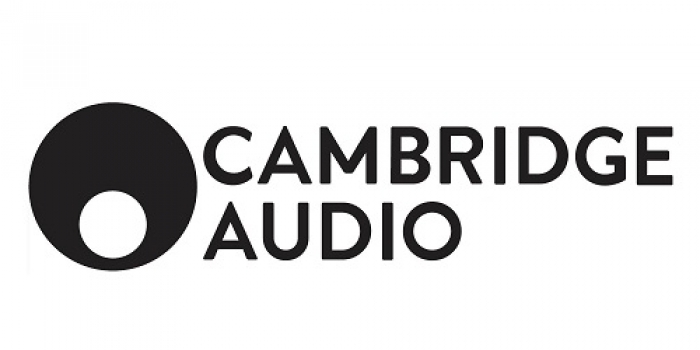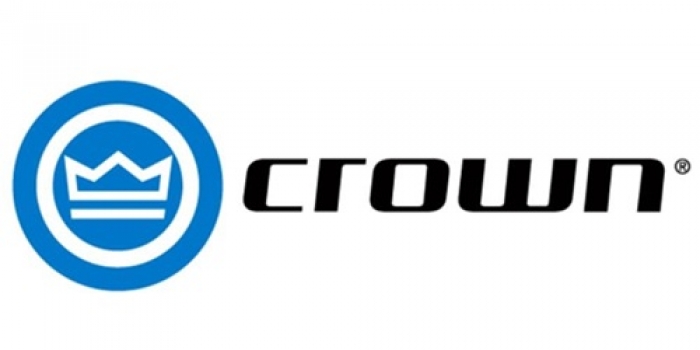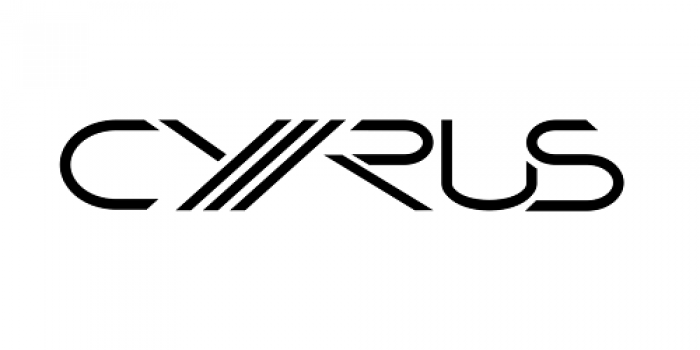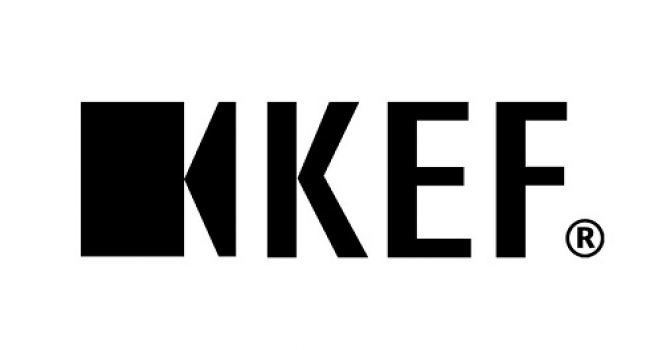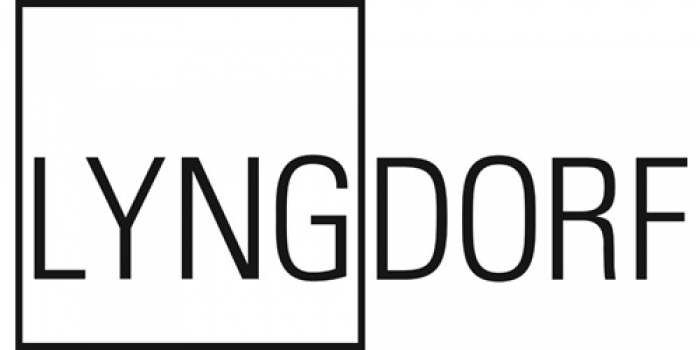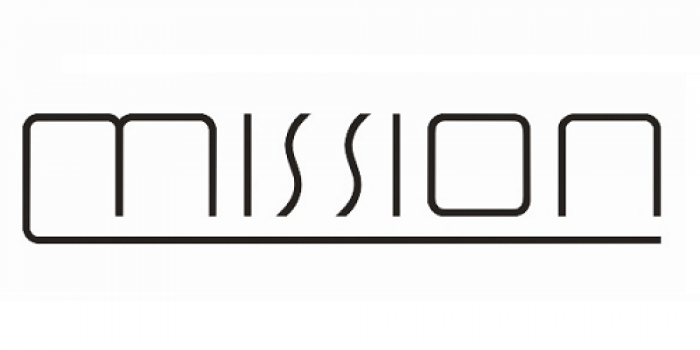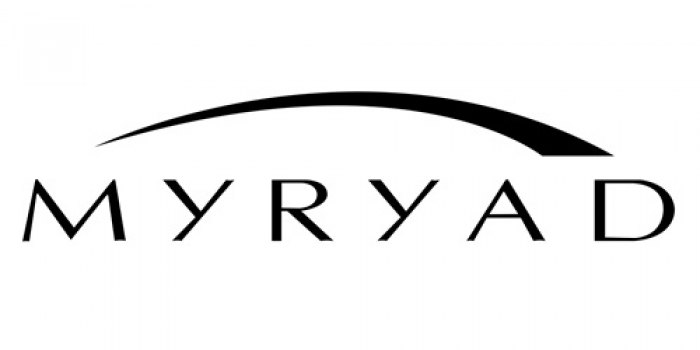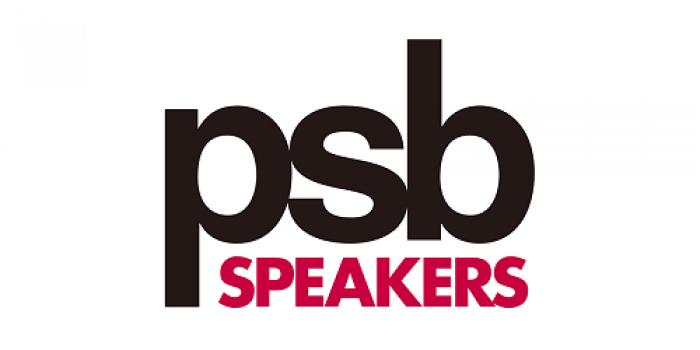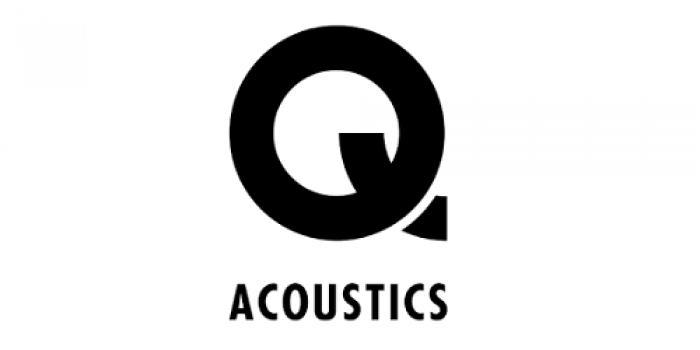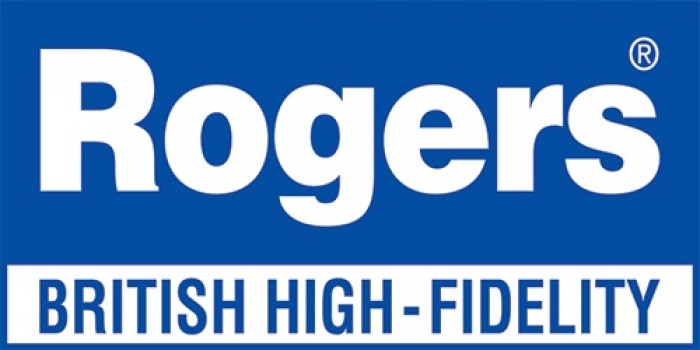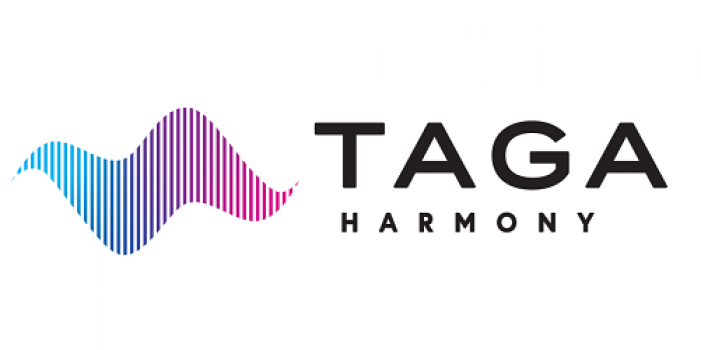KEF LSX II Wireless HiFi Speakers
SKU: KEF LSX IIWireless streaming compatible via AirPlay 2, Chromecast, Bluetooth and Wi-Fi 2.⅘ GHz
DSD, MQA and PCM up to 24-bit/384kHz
Connectors: USB-C, HDMI ARC, analog stereo input, active subwoofer output
11th generation Uni-Q drivers
Amplification (class D) per driver:
Lows 70W – Highs 30W
Maximum output level: 102 dB SPL
EISA Awards 2023-2024
LSX II
Wireless HiFi Speakers
The Definitive Compact Wireless HiFi
Welcome to a world of High-Fidelity sound that is true enough to touch. This all-in-one speaker system in its second generation: upgraded to deliver a more balanced sound in higher resolution with all-inclusive connectivity.
Simply stream anything including AirPlay 2, Chromecast, Spotify and Tidal, or seamlessly connect the LSX II to your laptop, TV and many other devices.
High-Fidelity sound
LSX II offers the highest quality sound in its size with streaming up to 24bit/384kHz, making high-fidelity sound accessible to more listeners.
All the music
Listen to music the way you like with the minimum of fuss and in pristine sound quality.
Plug and play
LSX II supports HDMI ARC and USB-C inputs, making it the perfect companion for TV, laptop and more.
Effortless multiroom
When partnered with other wireless speakers, you can use AirPlay 2, Chromecast or Roon* to fill the entire house with the same playlist.
Compact and versatile
LSX II delivers high-fidelity sound while it is compact enough to fit into any setting. You can place the speakers on a bookshelf, desktop or even attach them to the wall with dedicated accessories.

Drive units (per speaker)
Uni-Q driver array:
HF: 19mm (0.75in.) aluminium dome
LF/MF: 115mm (4.5in.) magnesium/aluminium alloy cone
Frequency range (-6dB) measured at 85dB/1m
49Hz – 47kHz
*Depends on EQ settings
Frequency response (±3dB) measured at 85dB/1m
54Hz – 28kHz
*Depends on EQ settings
Amplifier output power (per speaker)
LF: 70W
HF: 30W
Amplifier class (per speaker)
LF: Class D
HF: Class D
Max SPL measured at 1m
102 dB
Wireless streaming features
AirPlay 2
Google Chromecast
Roon Ready*
UPnP Compatible
Bluetooth 4.2
Streaming services
Spotify via Spotify Connect
Tidal via Tidal Connect
Amazon Music
Qobuz
Deezer
QQ Music via QPlay
Internet Radio
Podcast
*Depends on services availability in different countries
Source resolution
Network up to 384kHz/24bit
Optical up to 96kHz/24bit
USB Type C up to 192kHz/24bit
HDMI up to 1.411Mbps PCM
*Depends on source resolution
Interspeaker connection
Wireless: all sources resampled to 48kHz/24bit PCM
Wired: all sources resampled to 96kHz/24bit PCM
Supported format (network)
MQA^, DSD, FLAC, WAV, AIFF, ALAC, AAC, WMA, MP3, M4A, LPCM and Ogg Vorbis
Dimensions (HWD per speaker)
240 × 155 × 180 mm (9.5 × 6.1 × 7.1 in.)
Weight (per set)
7.2kg (15.6lbs)
Power input
100 – 240VAC 50/60Hz
Power consumption
200W (operating power)
<2.0W (standby power)
Inputs
Primary speaker
HDMI ARC
TOSLINK Optical
USB Type C
Analog 3.5mm Auxiliary RJ45 Ethernet (network) RJ45 Ethernet (interspeaker)
Secondary speaker
RJ45 Ethernet (interspeaker)
Output
RCA Subwoofer output
Wi-Fi network standard
IEEE 802.11a/b/g/n/ac
IPv4, IPv6
Wi-Fi network frequency band
Dual-band 2.4 GHz / 5 GHz
KEF LSX II review
A fantastic, multi-talented streaming system perfect for smaller rooms Tested at £1199 / $1400 / AU$2195

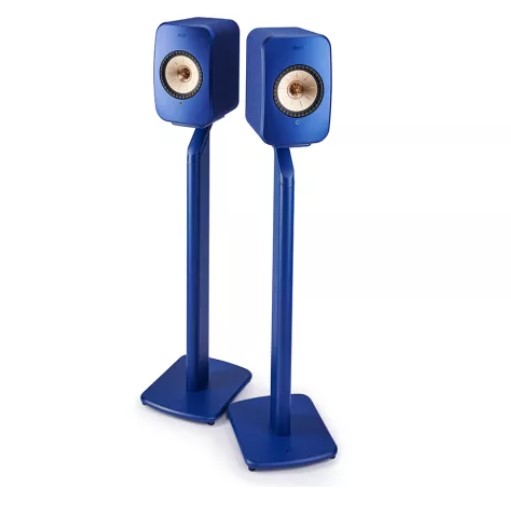

KEF’s LS50 Wireless II and newly launched LS60 Wireless have stolen a lot of headlines in recent months (and rightly so), but we shouldn’t forget there is actually a third member of KEF’s wireless speaker system family.
The KEF LSX launched way back in 2018 and the diminutive streaming speaker system (try saying that fast five times in a row) made an immediate impact. We handed it a five-star rating and a number of subsequent What Hi-Fi? Awards for its efforts.
Given the evolution of the rest of the range since, though, it’s probably about time that we saw a sequel. And here it is. Say hello to the KEF LSX II.
Design
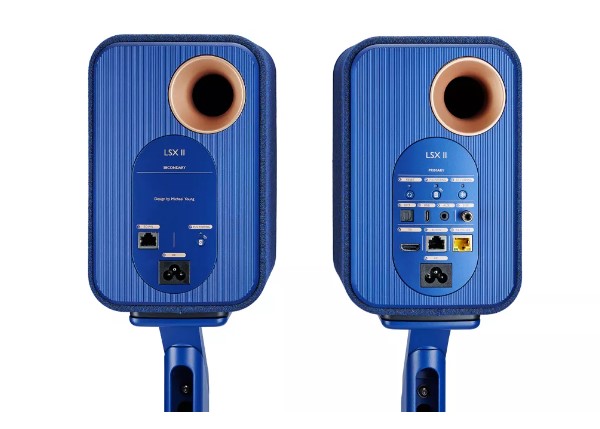
If you were expecting big design changes for the KEF LSX II, then you might be disappointed to learn the speakers look identical to the originals. Internal electronics changes in the speakers have increased manufacturing costs, so to keep the price of the system down, KEF has stuck with the same look. But let’s be honest, that isn’t a bad thing.
The speakers use the same version of KEF’s 11th Generation Uni-Q driver, as found in their predecessors, too. However, perhaps surprisingly, there’s no room for KEF’s Metamaterial Absorption Technology (MAT), which is present in the LS50 Wireless II and LS60 Wireless and works to absorb soundwaves that radiate from the back of the tweeter dome. KEF told us it would increase the cost too much and so it missed the production cycle this time round. Perhaps if there’s ever a MkIII version…
Like the originals, the cabinets are rear-ported, although KEF’s added a couple of extra connectivity options which you’ll spot on the rear of the left (primary) speaker, but more on those later.
Amplification once again amounts to 200 watts, with 30W going to the tweeter and 70W to the woofer on each channel.
Despite the lack of exterior changes, the KEFs don’t struggle for shelf appeal. Far from it. They’re still striking to look at and, like the originals, are available in five finishes. 'Mineral white' and 'lava red' models sport matte satin and high-gloss finishes respectively, while 'carbon black' and 'cobalt blue' are clad in Kvadrat fabric.
There’s also a special Soundwave by Terence Conran Edition which marks one of the iconic British designer’s final collaborations. It isn’t a limited run either, so there really should be something for everyone.
Features
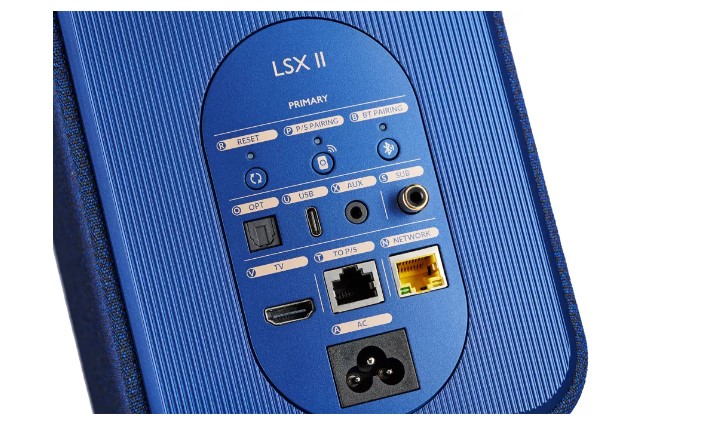
As we’ve alluded to above, the big changes for the KEF LSX II have happened beneath the surface. The LSX II’s DSP software has been completely redesigned, with some of the changes trickling down from its pricier siblings.
The speaker system also now uses KEF’s W2 wireless streaming platform, bringing it into line with its siblings. This platform is your gateway to all the various connectivity options on offer, including wi-fi, Apple AirPlay 2, Google Chromecast and Bluetooth. You’ve also got Amazon Music, Deezer, Qobuz, Spotify and Tidal streaming services to choose from, and there's the ability to stream any music stored on an external NAS drive. They’re also Roon Ready for subscribers of that music management platform.
The big news for LSX II is the addition of a couple of extra physical inputs on the speakers themselves. The first is HDMI ARC and the second is a USB-C connection for connecting to a TV and laptop respectively. We tried them both out during testing, playing an episode of Stranger Things Season 4 through Netflix and a Samsung QLED TV, and then streaming Tidal through a MacBook Pro, and we didn’t have any syncing issues or connectivity problems.
As is the case with the other wireless systems in this three-strong range, there’s an Ethernet port for connecting the speakers directly to your router, or a switch and a second port which you use to connect the supplied (Ethernet) cable between the speakers. This is required if you want native playback of 24-bit/96kHz digital music files through the KEFs, Anything higher than this is downsampled to 24-bit/96kHz. The system is also capable of handling up to 24-bit/48kHz natively through KEF’s own low-latency wireless connection (again, it will simply downsample anything above and up to 24-bit/384kHz to this sample rate too). There’s also support for DSD256 and MQA decoding.
As was the case with their predecessors, the LSX II system has to make do without the on-speaker touch controls of the LS50 Wireless II. And you’ll probsbly want to bypass the rather cheap-feeling, small remote that you get in the box. Instead, reach straight for your iOS/Android device and download the KEF Control app, to which the speakers get access thanks to the W2 platform. It places all the playback controls, streaming services and internet radio at your fingertips. It’s an accomplished app that is straightforward enough to navigate.
One of your first calling points in the app should be the EQ settings. You’ve got the choice of Normal or Expert which offer varying degrees of adjustment. The former is the one we’d start with. It allows you to make adjustments based on whether the speakers are being used on stands or a desktop, whether they’re up against a wall or out in a bit of free space. It’ll also take into account if your room is heavily or lightly damped. The Expert option covers all this and more, including more subtle adjustments if you use the LSX II with an additional subwoofer.
Talking of positioning, KEF has a couple of stand options for you. There are the matching S1 floor stands (£320 / $350 / AU$649) that you see here, the P1 desk pads (£140 / $180 / AU$279) for using them alongside a laptop or PC, and a B1 wall bracket (£190 / $230 / AU$379) should you want them in a slightly loftier position.
Sound
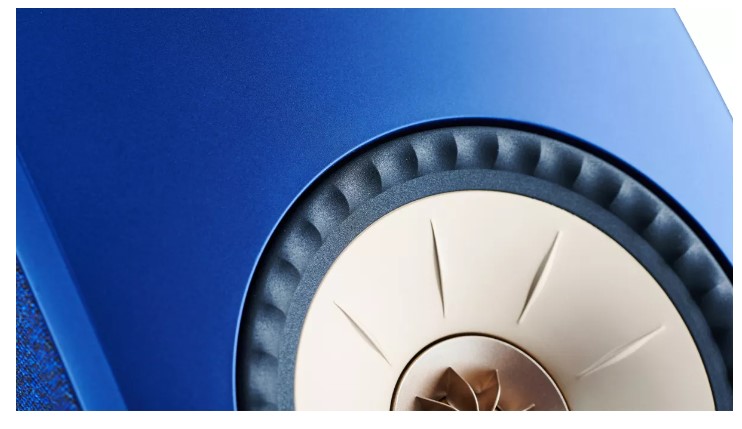
We start testing with the smooth and soulful sounds of Easy by The Commodores, and the KEF system settles into the groove of the track in no time at all. It delivers a confident performance, perfectly in tune with the relaxed, easy-going nature of the track. It’s laid back, but expressive when required. The speakers communicate all the subtle dynamic shifts in the piano key strikes, drum thwacks and guitar string plucks with ease – there’s a real sense of refinement and maturity to the sound without being showy. You just know you’re in the presence of a capable pair of speakers.
We up the tempo slightly by switching to Kendrick Lamar’s Rich Spirit and the vocal hangs right in the middle of the soundstage, surrounded by the track’s swollen bassline. Given the size of the speakers you can’t expect the LSX II to delve too deep (which it doesn’t), but there’s enough weight for the notes to feel full and wholesome. Bass is tight and controlled, too, with a nice layer of texture on the surface of the notes. The LSX II also maintains a fine sense of rhythm, which is evident in the way we regularly find ourselves tapping a foot or finger along to whatever we play through them.
We’re used to KEF’s UniQ driver producing a stereo image that’s like a bubble of sound and this quality is apparent with the new LSX. Play Tina Turner’s Proud Mary and the system gets the layering of all the different elements of the track spot on. As different elements introduce themselves such as the guitar, drums, Turner’s voice and the accompanying male voice hanging in the background, the music becomes more interesting to listen to – and that’s before she launches into the more frantic section of the track. Tonally, the whole presentation is extremely inviting and shows a lot of natural warmth. And this rings true whether you’re listening to the speakers in a more conventional set-up on the stands or you’re sitting more up close and personal using them on a desktop. The closer you get, the more precise and focused they sound – so from this point of view, they’re extremely flexible too.
During testing, we experiment with running the supplied ethernet cable between the speakers and switch to using KEF’s wireless connection, and we do prefer the sound with wire in place. Without it, we find music sounds a little less substantial and a touch more forward. It’s not a huge difference and our praise of the overall sound still stands, but we do feel there’s a slight difference.
Verdict
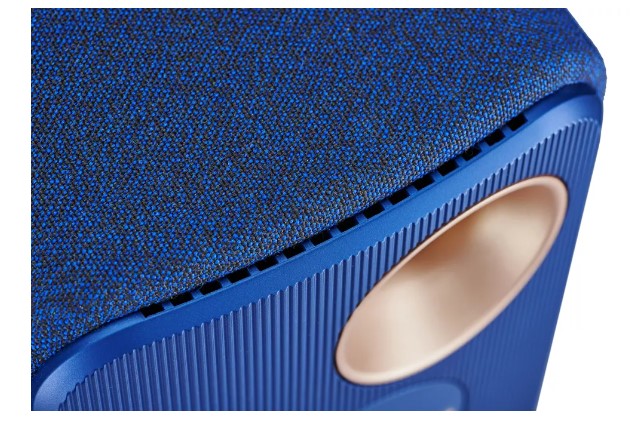
KEF’s taken what was already a winning formula, introduced some key upgrades that improve functionality and usability, and without really altering the speaker hardware has produced a talented set-up that sings with any genre of music sent its way.
The KEF LSX II is a stylish streaming system that comes with none of the baggage and boxes a separates set-up brings. Nothing else really comes close at this level.
SCORES
- Sound 5
- Features 5
- Build 5


